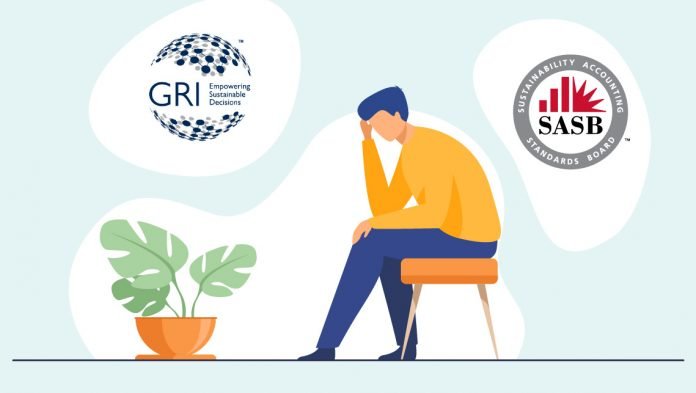Last Updated on July 16, 2022 by
If you are an entrepreneur or manager of a company, project, or institution, one of the most important requirements for compliance and stakeholder satisfaction is ESG sustainability reporting. This is the disclosure of an organization’s impacts in three main areas, social, environmental, and governance. The process can be traced back to the first UN Conference on Environment and Development (UNCED), which demanded greater responsibility for all players in protecting the planet.
The concept was emphasized in 2015 during the Paris Conference after it emerged that voluntary approaches used to address global warming and human trafficking among other global ills, were failing. To get it right on ESG sustainability reporting, you must have a good framework, but selecting the perfect one for your organization can be challenging. In this post, we take a closer look at GRI, CDP, and TCFD reporting, the three most common frameworks on the market.
Table of Contents
The Task Force on Climate-Related Disclosures (TCFD)
TCFD, short for The Task Force on Climate-Related Financial Disclosures, is a framework designed to help companies provide investors with information about their sustainability risks. It was created in 2015 by the Financial Stability Board (FSB) and requires companies to focus on five things, including governance, strategy, metrics, risk management, targets. In the UK, all companies are required to adopt TCFD reporting by 2025.
TCFD reporting requires companies to comprehensive their structures and operations and determine how they are impacted by climate change. The framework puts a lot of emphasis on accurate prediction and strategizing to keep the sustainability-related risks low or avoid them altogether. Mainly, TCFD was developed for actors in the financial sector, but improvements have made it acceptable even in other organizations, including government agencies.
Make sure to use TCFD with appropriate sustainability reporting software to increase accuracy and verifiability. You might also want to bring onboard an ESG consultant.
Global Reporting Initiative (GRI) Framework
Global Reporting Initiative (GRI) was first launched in 1997 and is the pioneer in the field of sustainability reporting. It was created by the Coalition for Environmentally Responsible Economies (CERES) and the United Nations Environment Program (UNEP) as a response to the Exxon Valdez oil spill. Now, over 13,000 organizations in more than 90 countries use GRI for their reporting.
Like TCFD reporting, GRI is also very popular because of its flexibility, which makes it possible for almost all types of organizations to use it. With the framework, you are allowed to select from three Universal Standards that make following and reporting sustainability activities easy and accurate. For example, your organization can select from relevant Topic Standards to create reports for a specific use or purpose put forward by stakeholders.
Another attribute that makes the GRI framework stand out is that it is ever-evolving in response to emerging reporting needs. The most recent updates were implemented in October 2021 when the Global Sustainability Standards Board implemented new standards for human rights.
Carbon Disclosure Project (CDP) Framework
Like GRI, this is another reporting framework considered part of the pioneer initiatives in the industry. It was developed in 2000 with the primary idea being to connect the company’s environmental integrity to their fiduciary duty. Now, over 9,000 regions, states, cities, and companies use the CDP framework to report their impact on the environment. This makes it one of the widely used frameworks on the globe.
Instead of using a comprehensive breakdown of the information like the one used in GRI, CDP pools the information and gives every company a score. These scores are used together with CDP data to help investors make their decisions about the companies of interest. If your company scores higher than its peers, it wins better support from stakeholders.
The scores provided under CDP can also be employed internally to ensure the strategies employed by a company are in line with the best practices. So, you might also want to employ it as an internal management tool for your company.
The main challenge of using CDP is that it only focuses on the environmental part of sustainability, such as water use, emissions, and energy. So, if you want your ESG reports to be complete, it will be a good idea to combine CDP with other frameworks, such as GRI, TCFD or SASB.
This post has demonstrated that CDP, GRI and TCFD reporting can be excellent picks for your company. They can help you to gather the right data and prepare correct sustainability reports for stakeholders. In addition to the framework you select, you should have the right sustainability reporting software. The apps make it easy to clearly set the sustainability targets, comply with different regulations, and win the support of stakeholders.
Visit Diginex for the best ESG sustainability reporting software and consulting.
Read More: What is sustainability management?



























